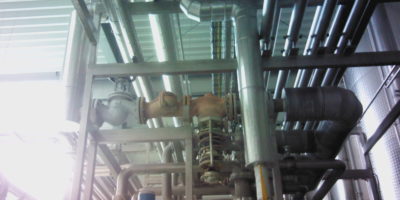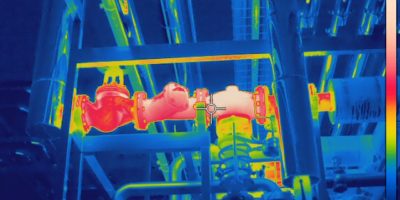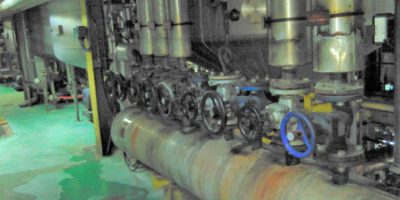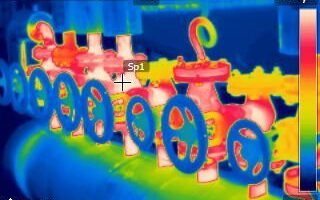As the saying goes, every cloud has a silver lining. This couldn’t be truer when talking about the current spike in energy prices from an environmental point of view. In fact, you could even say that the silver linings greatly outnumber the clouds. Because now, investing in energy saving measures means that they pay for themselves in next to no time. Energy Audits are an easy way for clients to gain an overview of all the energy savings potential in their facilities and also allow them to take action quickly and efficiently.
Let’s look at a few examples: In one industrial facility, insulating one manual DN150 shutoff valve that is warmed up to temperatures of over 200 degrees saves at least 2,000 Euros in energy costs per year.
If you consider the cost of the insulation material and the price of fitting, it can pay for itself in around a month. The annual energy saving of 15,630 kWh is roughly the same as the consumption of a typical German household and there are often hundreds of such valves in any one industrial facility.





